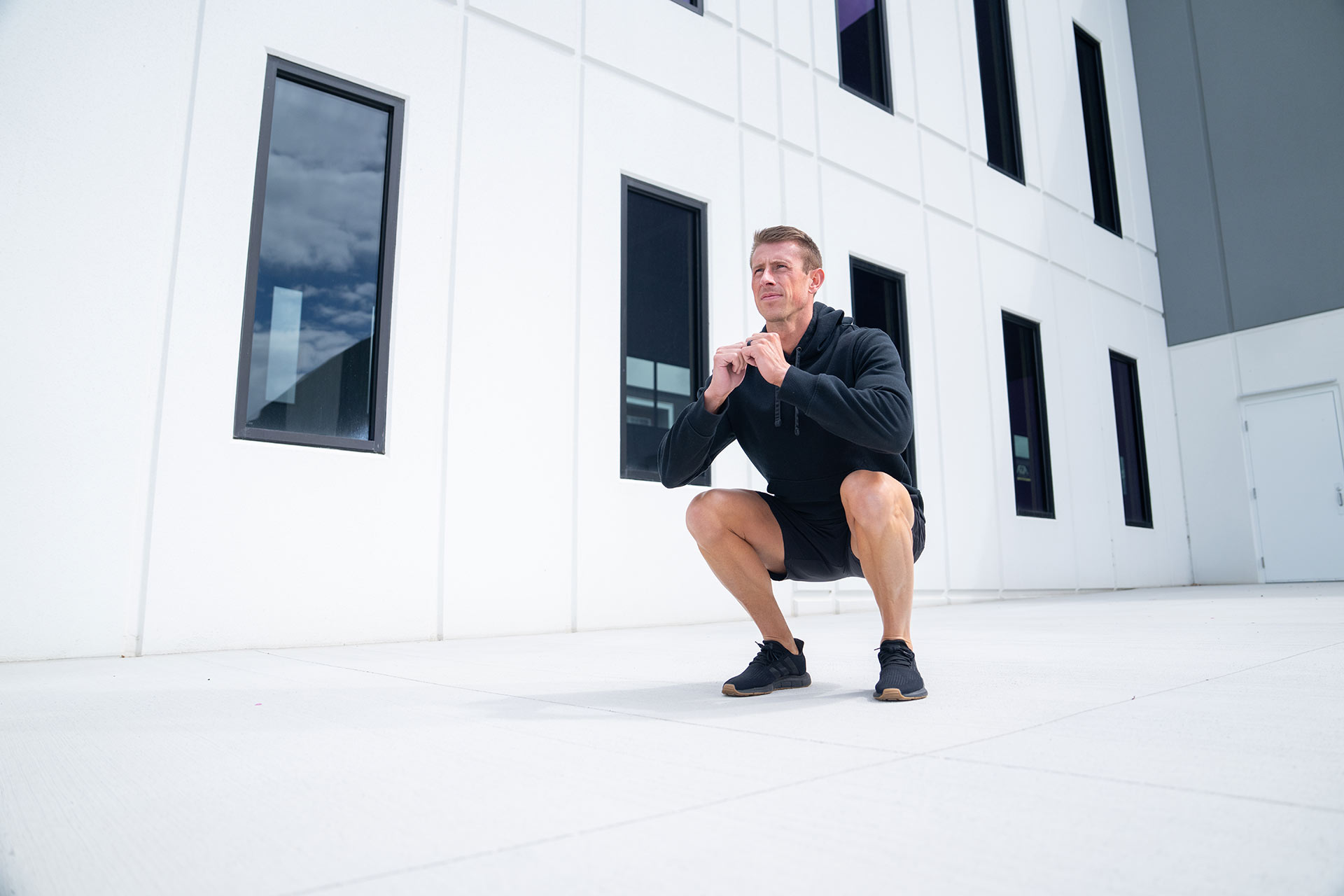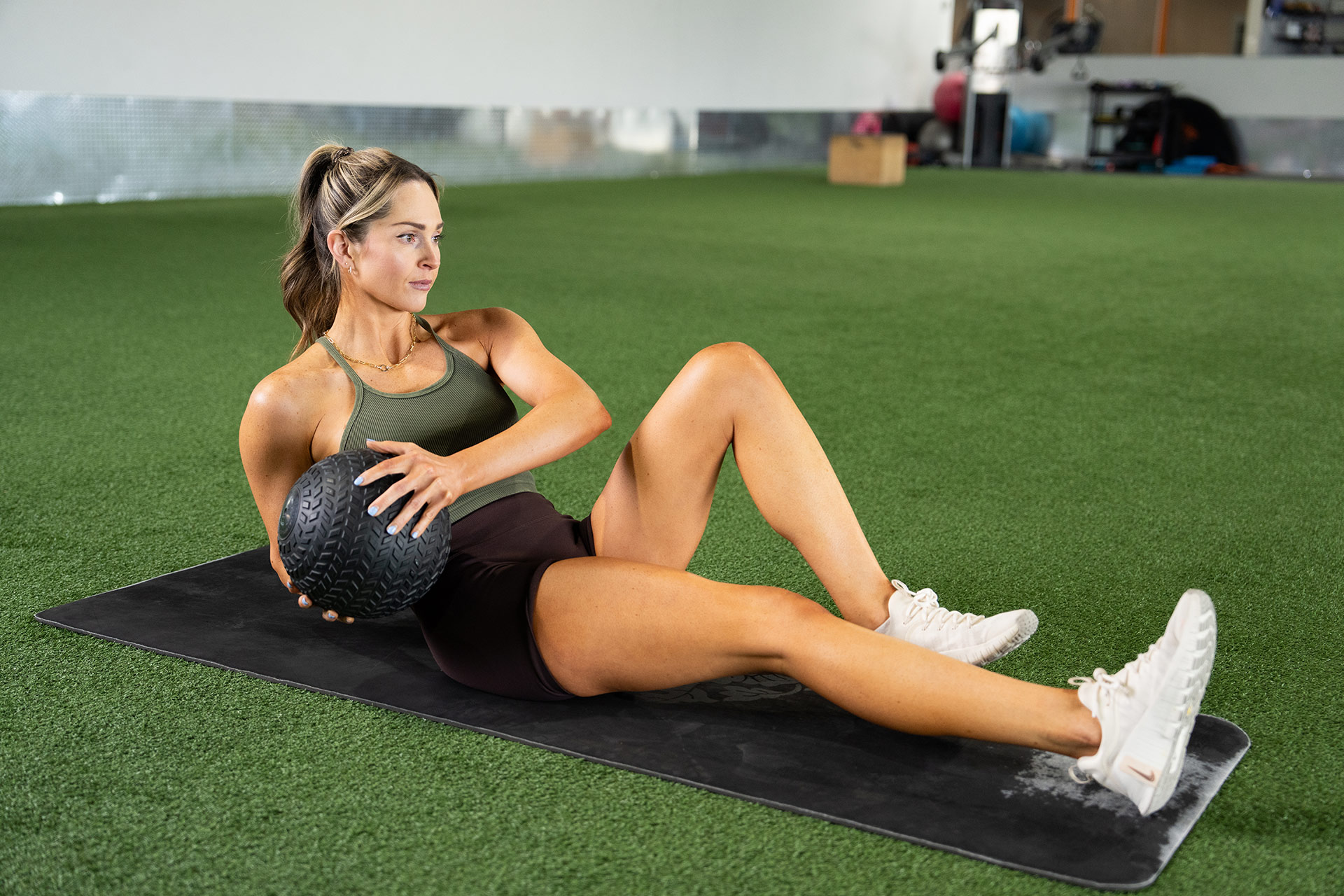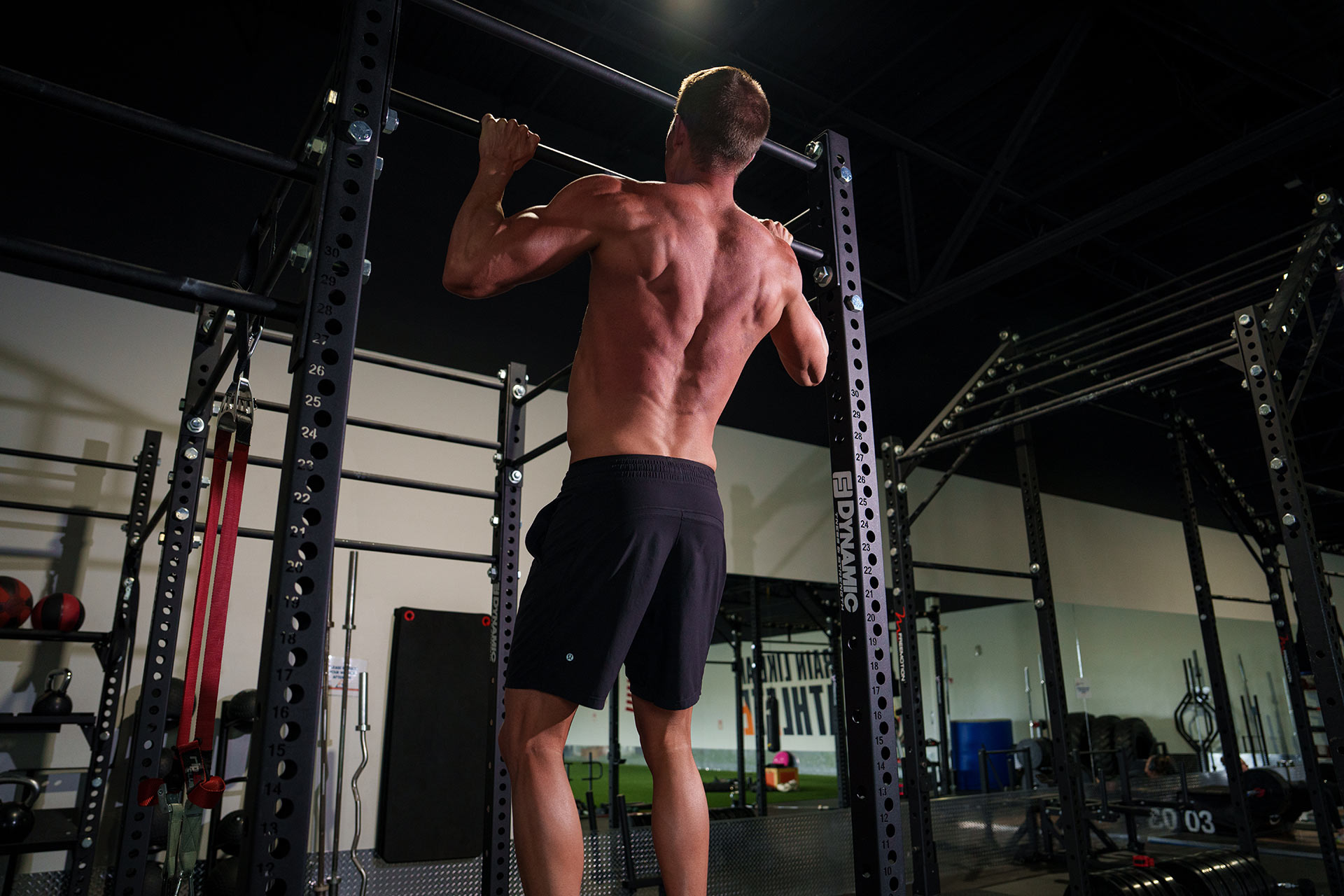At Embody Health and Fitness, we know that your daily habits shape your results—and it all starts with your morning routine. One of the most underrated tools in your wellness toolbox? A solid, balanced breakfast. Skipping breakfast might seem harmless—or even like a way to cut calories—but in reality, it often leads to cravings, fatigue, and poor choices later in the day. Let’s dig into why breakfast matters and how to do it right.
What Is the Posterior Chain?
When you wake up, your metabolism is primed and your body is ready to refuel after a night of fasting. Eating a balanced breakfast signals your body to start the day with energy and focus. It also helps stabilize your blood sugar levels, which keeps mood swings, cravings, and energy crashes at bay.
Skipping breakfast can backfire by making you hungrier later in the day—especially in the evening when your willpower is lower and you’re more likely to overeat or reach for processed foods.
- Glutes
- Hamstrings
- Calves
- Spinal erectors
- Upper and lower back muscles

Why Posterior Chain Training Matters
- Posture & Spinal Health: Weak glutes and underdeveloped back muscles often lead to poor posture and increased risk of lower back pain. Training these muscles can help maintain a healthy spine, reduce discomfort from prolonged sitting, and promote upright posture.
- Power & Performance: From sprinting and jumping to deadlifting and squatting, your posterior chain is your engine for explosive movement. Athletes and fitness enthusiasts alike rely on these muscles for speed, strength, and agility.
- Injury Prevention: Weakness in the posterior chain can cause your body to compensate with other muscle groups, leading to overuse injuries. Building a strong back side improves joint stability, reduces strain on the knees and hips, and prevents muscular imbalances.

How to Train the Posterior Chain
For well-rounded development, your training program should include a mix of compound lifts, targeted accessory work, and activation exercises. Here’s how:
- Compound Lifts: Deadlifts, hip thrusts, Romanian deadlifts, good mornings, and barbell rows are fantastic foundational movements.
- Accessory Work:Incorporate glute bridges, reverse hypers, hamstring curls, cable pull-throughs, and bird dogs to strengthen specific areas.
- Activation & Mobility: Use warm-up drills like banded glute kickbacks, fire hydrants, and dynamic leg swings to activate the muscles before lifting.
Many people are quad-dominant or spend long hours sitting at a desk, which can lead to dormant glutes and tight hip flexors. By prioritizing your posterior chain, you’re not only improving performance but also investing in long-term mobility and health.

The Embody Health & Fitness Approach
At Embody Health and Fitness, we believe in building strength from the inside out. Training your posterior chain is one of the most powerful ways to improve your body mechanics, posture, and overall performance—whether you’re chasing physique goals, athletic milestones, or simply want to move better and feel stronger every day.
Make it a habit to include posterior chain work in your weekly routine. Your back, hips, and legs will thank you—not just in the gym, but in how you walk, run, lift, and live.



